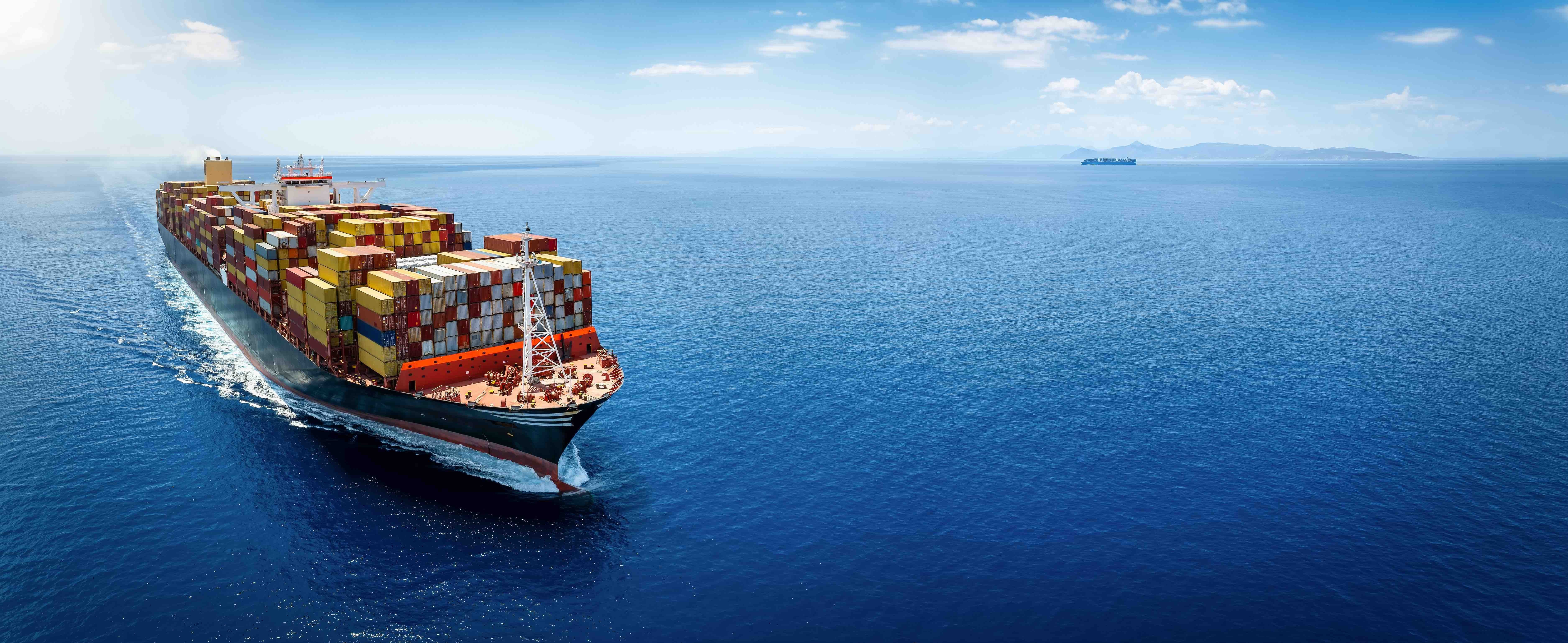While there's no one-size-fits-all solution, the choice of an international market entry mode should be based on a reasoned approach. Many SMEs tend to seize opportunities as they arise without considering the associated international market entry modes. Attempting to sell directly to Brazilian contacts without even questioning whether it's the best solution to succeed in Brazil is a common pitfall. However, contemplating the choice of entry mode is already a positive sign, and for a company looking to expand internationally, selecting the right entry mode is a key success factor. Below are 8 tips for choosing your international market entry mode:

1. Explore different solutions
When it comes to international market entry modes, not only is there no single solution, but the solutions can vary from one country or sector to another. Therefore, the choice of entry mode depends on the target country and market, as well as the company's strategy, capabilities, and available financial and human resources for exporting.
2. Beware of "low-cost" strategies
There are "low-cost" strategies that involve engaging an agent or distributor and signing a contract without prior market research or thoughtful strategy, hoping that the "export dream will come true." However, these "trial and error" strategies require minimal resources but often yield minimal results. They waste time and marginalize companies, while others succeed with better strategies and capture markets.
3. Opt for reasoned approaches
To avoid the cost of failure, other, less "low-cost" but more reasoned strategies exist. While they may be more expensive due to incorporating market research and engaging experts and specialized lawyers to secure contracts, these strategies generally provide a more solid return on investment. However, it's essential to ensure that the investment can be profitable, as exportation should be conceived as maximally profitable.
4. Match entry modes with company skills
Each entry mode requires specific skills from the company. Selling through an international trading company requires different skills than creating a franchise abroad. Therefore, it's crucial to match the necessary skills for each potential entry mode with the company's available competencies. Where skills are lacking, entry modes involving a high degree of outsourcing may be the solution.
5. Match required investments with resources
Similarly, each entry mode corresponds to a certain level of financial commitment and risk exposure. It's essential to compare the necessary investments for each entry mode with the financial resources the company can reasonably mobilize. Entry modes that require significant cash flow (e.g., establishing a commercial subsidiary) should be avoided if the company lacks the financial resources for such risk-taking. Additionally, evaluate the cost of exit strategies in case of failure (e.g., liquidation costs of a subsidiary).
6. Learn to work with foreign partners
Successful inter-company partnerships can generate lasting savings. While finding a trustworthy partner in a foreign country can be challenging, having a local expert can be crucial for business development. A well-structured joint venture may be more suitable than a wholly-owned subsidiary, especially for recruiting talented employees. However, building a trusting relationship and providing guarantees for both parties are essential when working with foreign partners, a skill often lacking in SMEs, leading them to avoid partnership-based entry modes.
7. Consider market specifics
Securing contracts and payments legally is a significant issue in many African markets. Import taxes in countries like China can make prices prohibitive. Specific financial structures are required for markets like Cuba. These country-specific parameters should be integrated into the international strategy.
8. Embrace digital solutions
E-commerce offers new and interesting entry modes for SMEs, such as direct sales to customers (B2C or B2B) on their websites or on marketplaces. This entry mode eliminates dependence on foreign partners, and payments are direct and "on order," appealing to SMEs. Digital platforms now provide a powerful international entry mode accessible to even the smallest companies. However, acquiring digital skills is a major concern for SMEs today.
Expandys and its experts are ready to assist you in defining your export strategy and entry mode. Feel free to contact our team.
The 8 practical recommendations were issued by Noémie Dominguez, Associate Professor in Management Sciences, and Ulrike Mayrhofer, Professor of Management Sciences at IAE Lyon (Jean Moulin Lyon III University), following the May 29, 2017 meeting of the Exportation Think Tank "La Fabrique de l'Exportation" (www.fabrique-exportation.fr) on choosing international entry modes.